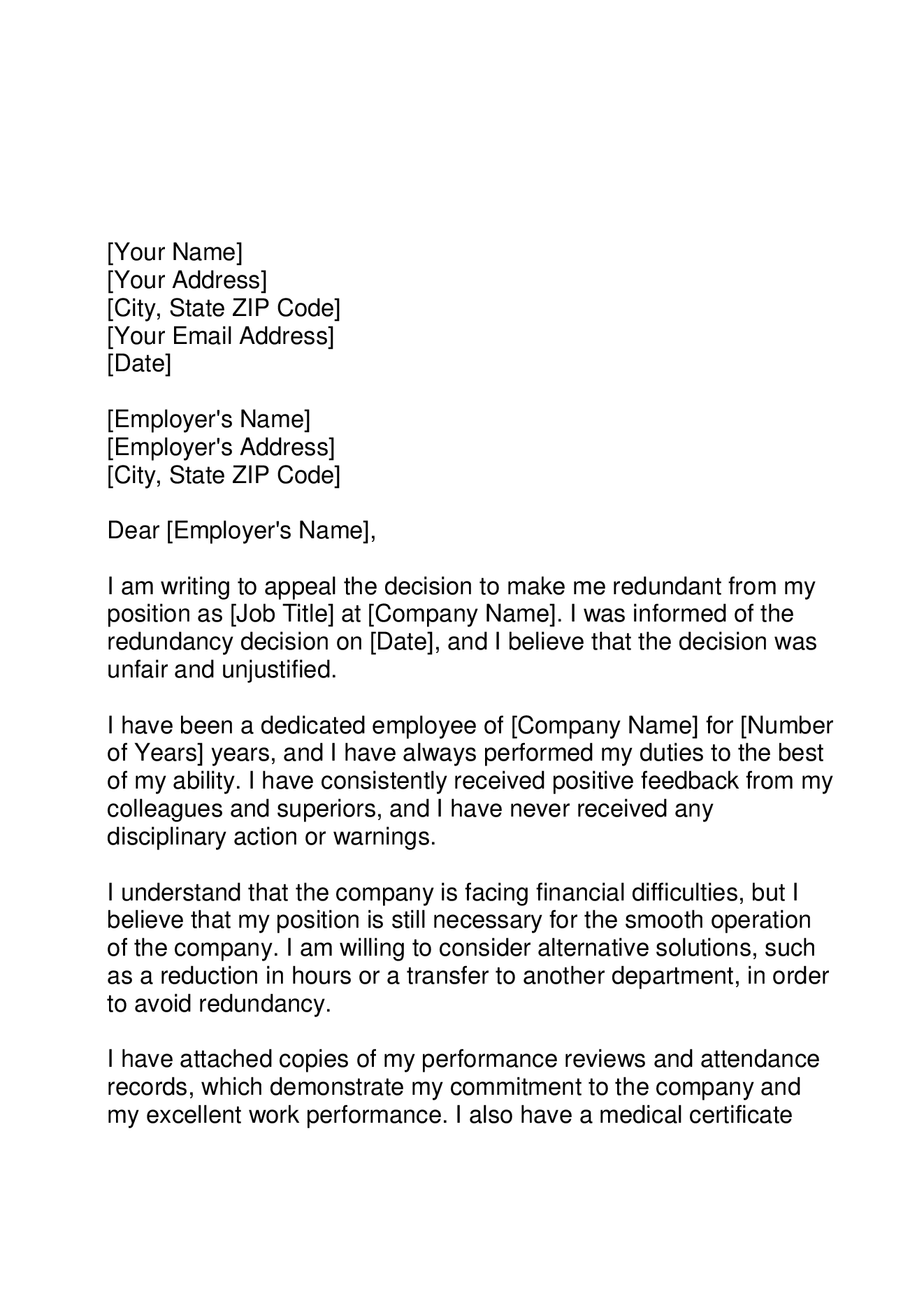Clarified: If a Company Goes Bust Who Pays Redundancy in the UK?
Clarified: If a Company Goes Bust Who Pays Redundancy in the UK?
Blog Article
Investigating the Interaction Between Firm Redundancy and Organizational Adaptability for Future Development
In the dynamic landscape of today's organization world, the elaborate partnership between firm redundancy and business versatility emerges as a crucial aspect for sustained growth and success. Business commonly face the difficulty of striking a fragile equilibrium between keeping a degree of redundancy to mitigate dangers and cultivating flexibility to respond swiftly to the ever-evolving market demands.
Value of Business Redundancy
Business redundancy is a critical aspect that enhances organizational durability and mitigates operational threats. By integrating redundancy measures within the business framework, firms can better hold up against unexpected disturbances and variations in the organization setting. Redundancy acts as a critical barrier, allowing firms to adapt and respond properly to unexpected challenges without compromising essential procedures.
One trick element of the relevance of business redundancy is its duty in guaranteeing connection during times of situation. When encountered with sudden changes or emergencies, redundant systems, sources, or workers can tip in to maintain crucial features and stop prevalent disruptions. This connection not just safeguards the business's online reputation and customer count on however additionally reduces economic losses and functional downtime.

Methods for Business Flexibility

One more vital method is buying innovation and framework that can sustain versatility and scalability. Applying digital devices, automation, and data analytics can simplify operations, boost efficiency, and provide valuable understandings for informed decision-making. Furthermore, creating versatile organizational frameworks that permit for quick adjustments to market characteristics and client requirements is crucial for remaining affordable in a rapidly evolving setting. By proactively identifying prospective disruptions and chances, companies can proactively adapt and prosper in an ever-changing company landscape.
Harmonizing Redundancy and Flexibility
Attaining a harmonious stability between functional redundancy and business adaptability is paramount in navigating the complexities of a dynamic company setting. Striking the best balance in between redundancy and flexibility is a fragile process that calls for a deep understanding of the company's objectives, sector characteristics, and risk resistance.
To achieve this equilibrium, business require to perform routine assessments of their procedures to determine locations where redundancy is essential for danger mitigation and where flexibility can drive innovation and growth. Applying versatile structures, fostering a culture of continual discovering and enhancement, and encouraging open interaction throughout all levels of the organization are essential methods to harmonize redundancy and flexibility efficiently. By lining up these 2 crucial components, firms can position themselves for sustainable development and success in an ever-changing organization landscape.
Study on Adjustment Success
In taking a look content at circumstances of successful business adjustment, it becomes obvious that the interaction between operational redundancy and adaptability is a defining consider shaping resistant companies. One compelling study is that of Netflix. Originally a DVD my site rental solution, Netflix showed exceptional adaptability by transitioning into a streaming platform when digitalization interfered with the market. By purposefully spending in modern technology and material creation, Netflix not only survived but grew in a quickly advancing market. One more standout instance is Amazon. Starting as an on the internet bookstore, Amazon constantly adapted its company model, broadening into diverse markets such as cloud computer and expert system. This versatility allowed Amazon to remain ahead of rivals and fulfill changing consumer demands. Lastly, Adobe provides a noteworthy picture of successful adaptation. The company moved from offering software licenses to a subscription-based design, making certain reoccuring profits streams and improved consumer involvement. These study underscore the importance of functional redundancy coupled with organizational adaptability in promoting long-lasting growth and competition.
Building Durability for Future Development
Structure durability for future development requires a tactical positioning of operational procedures with market dynamics and emerging trends. Companies need to adjust to transforming environments by fostering a culture of adaptability, advancement, and continuous improvement.
Moreover, fostering solid connections with stakeholders, such as clients, employees, providers, and the community, is vital for maintaining and weathering unpredictabilities count on and assistance throughout unstable times. Reliable communication and transparency play a vital function in building durability, as they aid straighten expectations and help with partnership in browsing unpredictabilities.
In addition, organizations require to focus on discovering and advancement initiatives to upskill employees and furnish them with the needed tools to adapt to altering circumstances. By investing in their workforce, companies can improve their adaptability and agility, inevitably strengthening their strength for sustainable future development.
Conclusion

In the dynamic landscape of today's service world, the complex partnership in between business redundancy and business versatility arises as an essential element for continual development and success. Business commonly face the challenge of striking a delicate balance in between keeping a level of redundancy to mitigate risks and cultivating versatility to react promptly to the ever-evolving market demands.To achieve this equilibrium, firms need to conduct routine assessments of their procedures to determine areas where redundancy is required for danger reduction and where adaptability can drive innovation and development.In verdict, the interplay between business redundancy and organizational versatility is crucial for future development. Structure strength through a combination of redundancy and flexibility will make certain that firms are prepared for the obstacles of the future.
Report this page